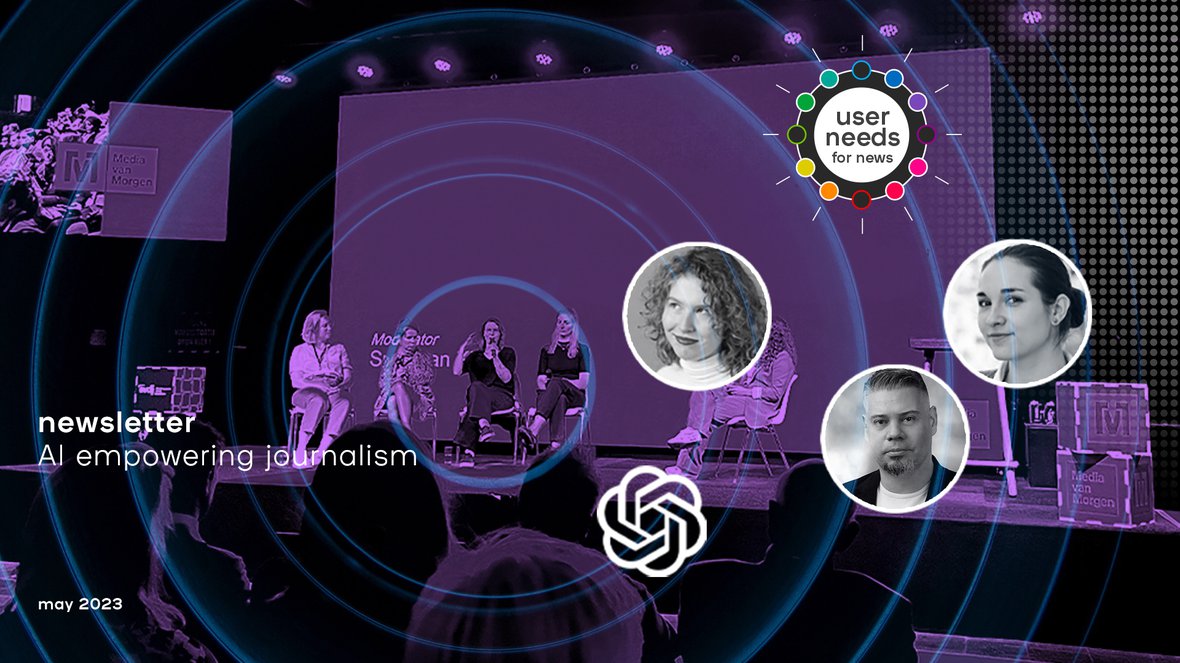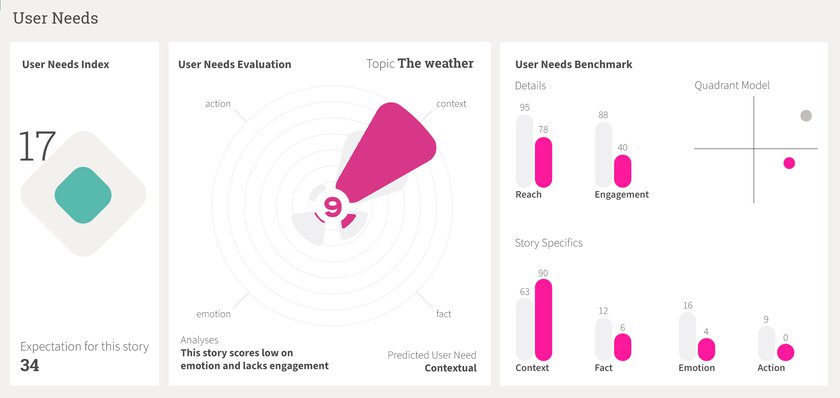Hi there, here's our monthly newsletter!
There was an enthusiastic gathering at the Media of Tomorrow event for one particular session last week. The subject? How AI tools can assist journalists in their work. The message echoed those from numerous recent posts from tech-savvy media professionals on Twitter and LinkedIn: don’t fall behind - start using these tools now.
It’s been six months since ChatGPT was introduced into our sector, and - like it or not - it’s heralded the start of a new phase in journalism. The challenge for newsrooms is to both acknowledge that these advancements aren’t going anywhere, but also recognising that putting all your eggs in one [GPT-shaped] bucket isn’t necessarily the most appropriate solution for your circumstances either.
If you’re looking for a single sentence summary of learning from that event it’s this:
"Don’t fall in love with the solution, but rather with the problem itself."
- Fabienne Meijer
At smartocto, we are currently tackling two problems where we believe AI could be a valuable assistant. We will be discussing this further in an upcoming webinar.


